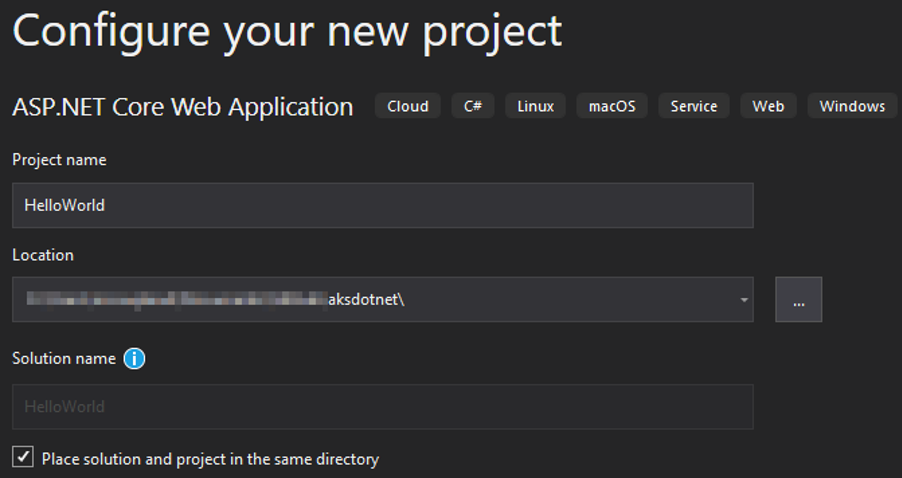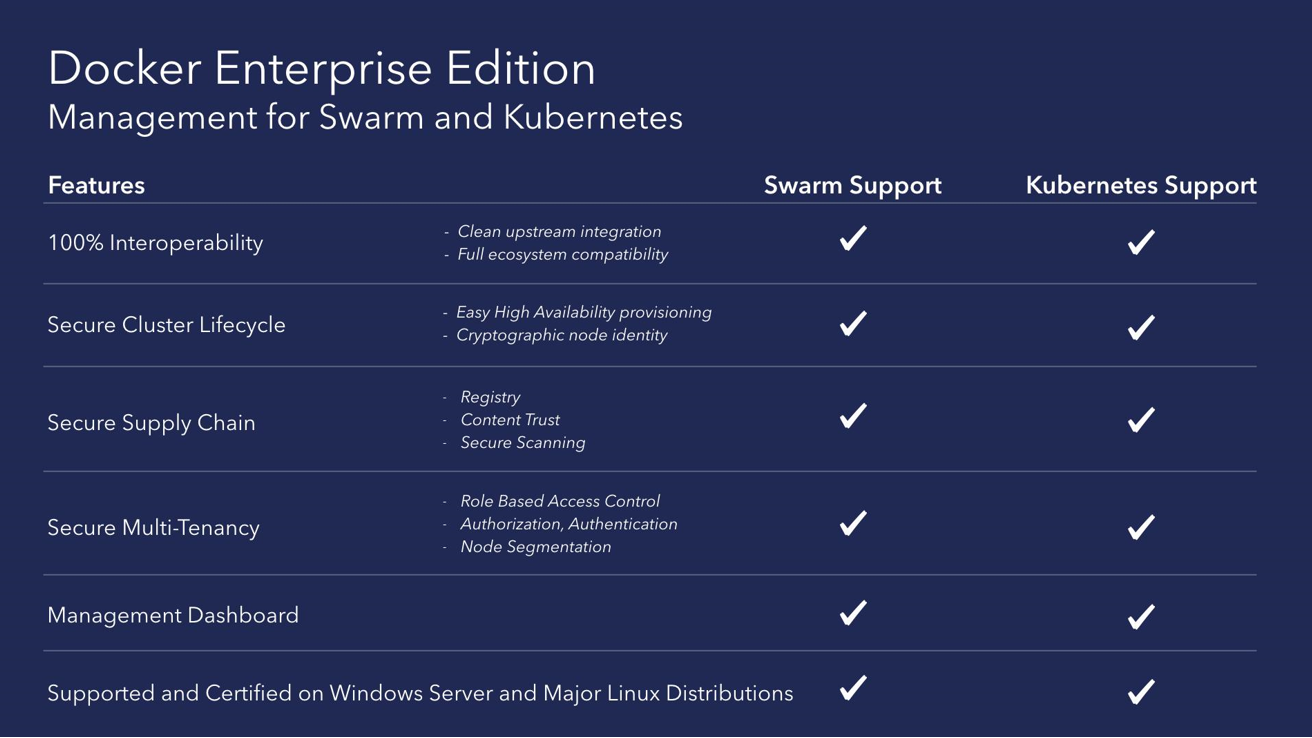


- #Docker desktop kubernetes failed to start how to#
- #Docker desktop kubernetes failed to start install#
- #Docker desktop kubernetes failed to start code#
I can login and logout from docker cmd.In the past I’ve been playing around with PKS (nowadays called TKGI) and TKGS (Tanzu Kubernetes Grid Service – Tanzu Natively integrated in vSphere 7.0). Why? This is the local docker repository and local cluster. Warning Failed 9s (x4 over 35s) kubelet Error: ImagePullBackOff Normal BackOff 9s (x4 over 35s) kubelet Back-off pulling image "pocdemo-pod:latest" Warning Failed 21s (x2 over 37s) kubelet Error: ErrImagePull
#Docker desktop kubernetes failed to start code#
Warning Failed 21s (x2 over 37s) kubelet Failed to pull image "pocdemo-pod:latest": rpc error: code = Unknown desc = Error response from daemon: pull access denied for pocdemo-pod, repository does not exist or may require 'docker login': denied: requested access to the resource is denied Normal Pulling 21s (x2 over 38s) kubelet Pulling image "pocdemo-pod:latest" Normal SandboxChanged 37s kubelet Pod sandbox changed, it will be killed and re-created. Normal Scheduled 39s default-scheduler Successfully assigned default/pocdemo-pod-deployment-69fd9c777d-vnsks to docker-desktop yaml file I constantly getting ImagePullBackOff status for a pod. I'm trying to repeat steps described above, but I cannot deploy to k8s, after applying. Please contact me if you have any questions, ideas, or suggestions. NET Core service API and use OpenAPI/Swagger to describe the API Use NSwag to Autogenerate a TypeScript Client to Access a. NET Core API Authentication with Asymmetrically (RSA) Signed Tokens Sign-In with Google in Angular and use JWT based. I will show you more in further posts: Kubernetes secrets, security aspects like SSL, communication, logging, debugging, CI/CD, Helm charts, (code) quality, (auto) scaling and self-healing, etc.
#Docker desktop kubernetes failed to start how to#
See my follow-up posts how to add a MySql database and MongoDB replica set to your architecture and how to use events for inter-microservice communication.

You created the working basis for a microservice-based cloud architecture. Open your browser on port 80(!) and test your Kubernetes deployments: “get deployments” shows the deployments and number of pods: The Ingress routes to the service based on the path prefix:

The second deployment uses a single replica of the DemoApp. The first deployment uses the DemoAPI image and two replicas to show how it is possible to scale. See the Kubernetes documentation for details Both services are then exposed via an Ingress on port 80. This will create two Kubernetes “Deployments” and for each deployment a “Service”. Make sure the file “dockerfile” has no file extension NET 5 API in a Kubernetes cluster by Ivan PortaĬreate the file C:\dev\demo\DemoApp\dockerfile Run the “latest” “demoapi” image in the Docker Desktop UI and map port 80:įurther reading: How to deploy a. Stop your API project in Visual Studio if it is still running, because docker and Visual Studio can’t bind to port 80 at the same time. Then right-click the dockerfile and select “Create Docker Image”.Ĭheck the build output if everything worked: In the Visual Studio DemoApi project rename the file “Dockerfile” in the Project-Explorer to “dockerfile” (first character lowercase). I will show you two different ways to create and run a docker image. It should load and display the data “Hello World”:ģ. It just returns “Hello World”:Įnter fullscreen mode Exit fullscreen mode Disable HTTPS:Īdd a new controller “DemoController”. Activate Docker and use the “Linux” setting.
#Docker desktop kubernetes failed to start install#
Install Visual Studio Community (it’s free) with the ASP.NET and web development workload.Ĭreate an ASP.NET Core 5.0 Web API project and call it “DemoApi”. NET Core API and the Angular Appĭeploy the Containers to Kubernetes on Docker Desktopġ. You can always easily deploy it later to the cloud.ĭockerize the. You can use it for developing and testing. Kubernetes runs in a local environment with docker desktop. The application is exposed via an Ingress controller. All components are dockerized and Kubernetes orchestrates the containers. NET Core with REST-APIs in the backend services and Angular as the frontend. In this guide, you will create a raw microservice-based cloud architecture.


 0 kommentar(er)
0 kommentar(er)
